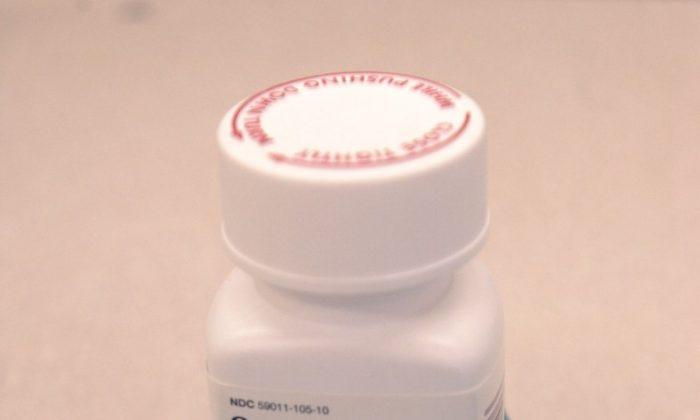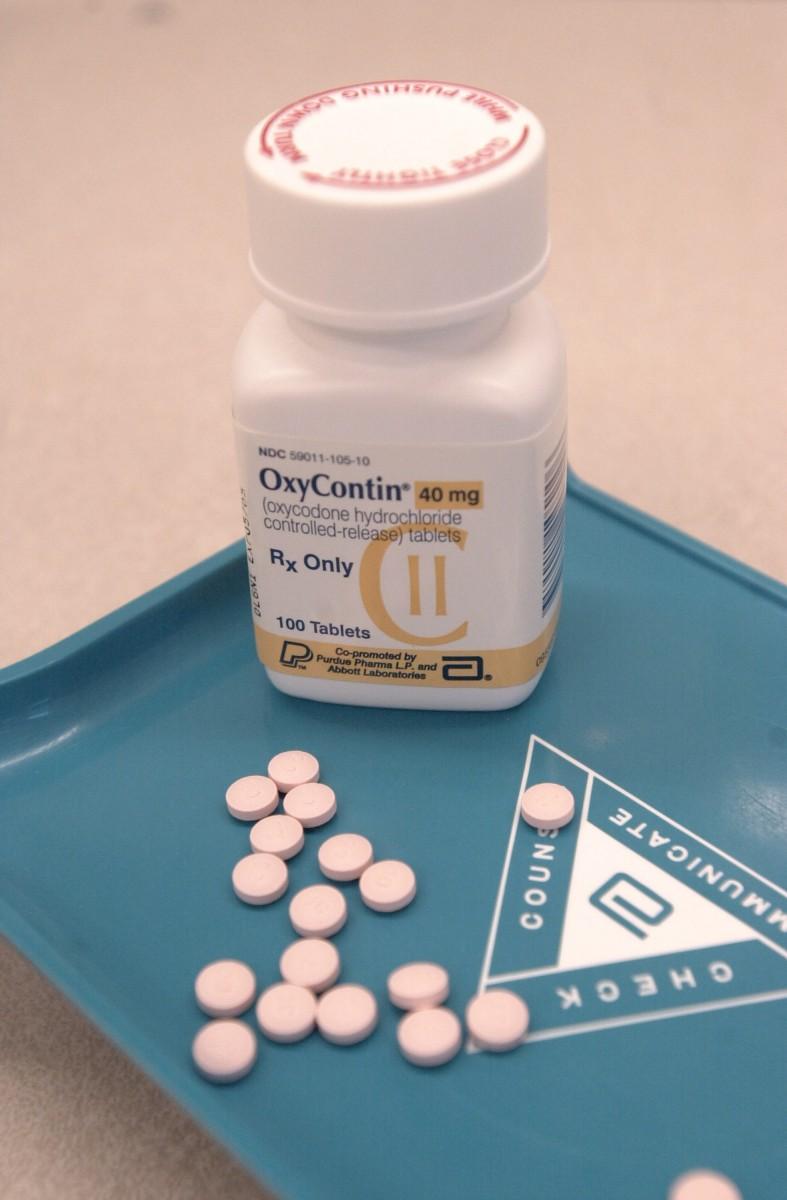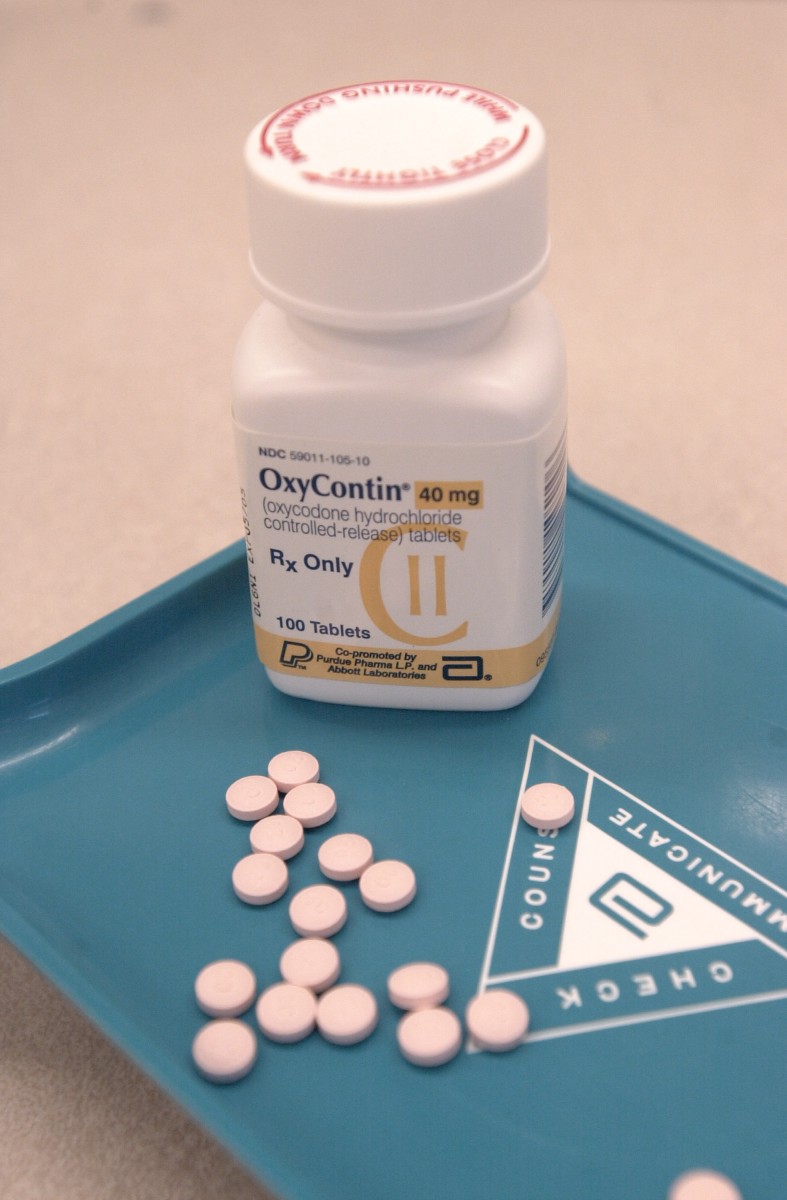Just as Alberta decides not to follow some other provinces in limiting funding for highly addictive painkiller OxyContin, Ontario First Nations are seeking government support for a potential mass withdrawal in their communities due to the discontinuation of the drug on March 1.
OxyContin was pulled from the Canadian market by manufacturer Purdue Pharma because of increasing rates of abuse.
It is being replaced with a new version of the drug called OxyNeo, said to be more difficult to abuse because it cannot be crushed or liquefied, making it unsuitable for injecting or snorting.
Health Canada recently announced that all “long-acting oxycodones” such as OxyContin and OxyNeo have been removed from the Non-Insured Health Benefits (NIHB) list, including for First Nations people.
Alberta has said it has no plans to delist OxyContin but will monitor the success of other provinces that are delisting it from public health benefits, such as Saskatchewan and Ontario, to see whether it is a viable solution to curbing addiction.
Alberta had the highest rate of prescription opioid use among all provinces in 2010, while consumption has climbed across the country, doubling in the past decade alone.
Some addiction experts have warned that the move could spark a public health crisis due to mass withdrawal, especially in remote First Nations communities where the drug, dubbed “hillbilly heroin,” is often used illicitly for the powerful high it provides when crushed and ingested.
Deputy Grand Chief Mike Metatawabin of the Nishnawbe Aski Nation (NAN), which represents 49 First Nations in an area covering two-thirds of Ontario, says up to 70 percent of people in some Ontario First Nations communities are addicted to OxyContin and face a health crisis when the drug is pulled.
“We have a public health catastrophe on our hands, and no one is stepping up to take responsibility to help our people,” says Metatawabin.
“Our communities have minimal access to medical services to help cope with severe withdrawal symptoms. Our people have a right to timely and effective health care.”
NAN is asking for immediate support from both the provincial and federal governments as well as a long-term plan to deal with addiction withdrawal. Several First Nations have previously declared states of emergency due to rampant opioid addiction.
“Nurses are deeply concerned about the thousands of people whose suffering will only increase if they cannot get proper access to treatment,” says Doris Grinspun, executive director of the Registered Nurses’ Association of Ontario (RNAO).
“This has the potential to become a serious public health issue if we fail to take action immediately. First Nations people need compassion, support, and treatment to overcome their addiction.”
‘Immense Flu’
Withdrawal symptoms from OxyContin are similar to that of heroin, says Deon Smit, executive director at Serenity Ranch, an addictions treatment centre near Lacombe, Alberta.
“It feels like you have an immense flu and you feel like you’re dying … diarrhea, shakes, sweats, all kinds of things like that,” he said.
Smit says that many people who are prescribed OxyContin have the illusion that it’s safe because they get it from their doctor. But before long, they develop a dependency.
“As soon as somebody is using a prescribed drug they do feel safe on it—always—up until a certain point when it becomes problematic for them.”
He says Oxycontin addiction is “one of the big ones” at his treatment centre and affects a broad cross-section of society, many of whom have no prior history of drug abuse.
“The problem with addiction is it doesn’t discriminate… It could be anybody from a teenager with a back problem to an elderly lady struggling with her stomach.”
Smit applauds provincial governments who have chosen to delist the drug, as well as Purdue Pharma for pulling it, but doubts this will have a significant effect in curbing addiction.
“I can’t really say that I think [pulling Oxycontin] will solve the issue. I think there will just be a replacement found for it. But it is certainly a step in the right direction,” he says.
In 2007 Purdue Pharma pleaded guilty and agreed to pay $600 million in fines for misleading regulators, doctors, and patients about OxyContin’s risk of addiction.
Purdue’s president, top lawyer, and former chief medical officer also pleaded guilty as individuals for “misbranding” the drug, and agreed to pay an additional $34.5 million in fines.






